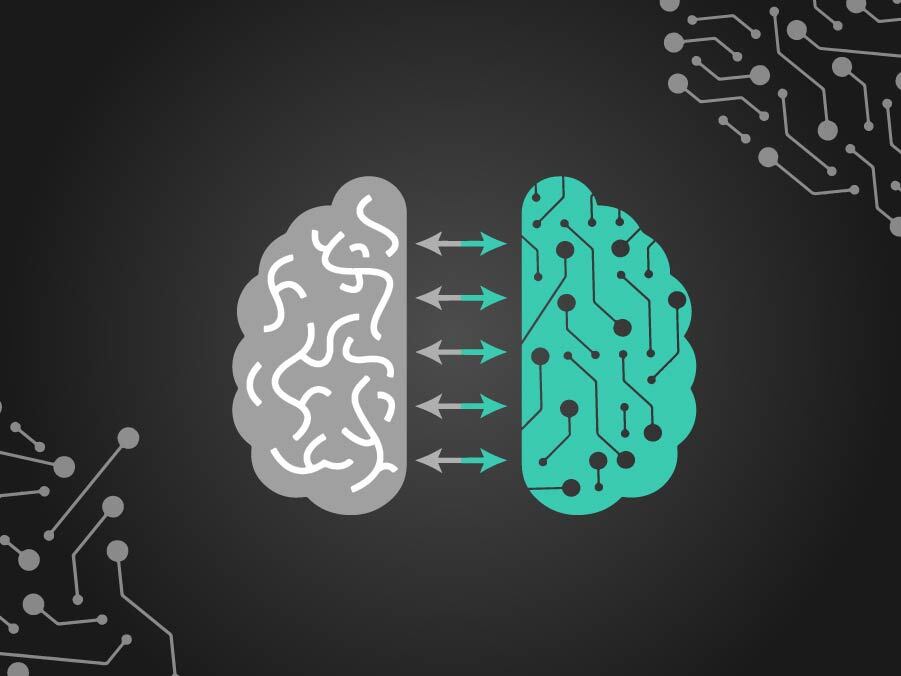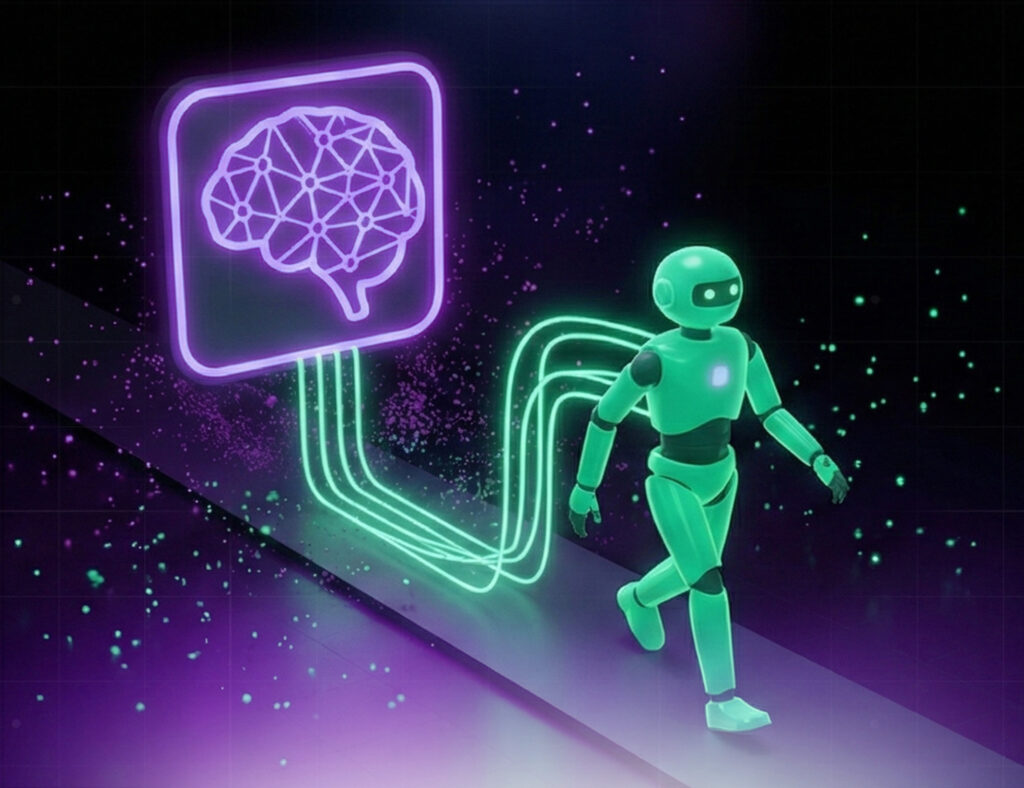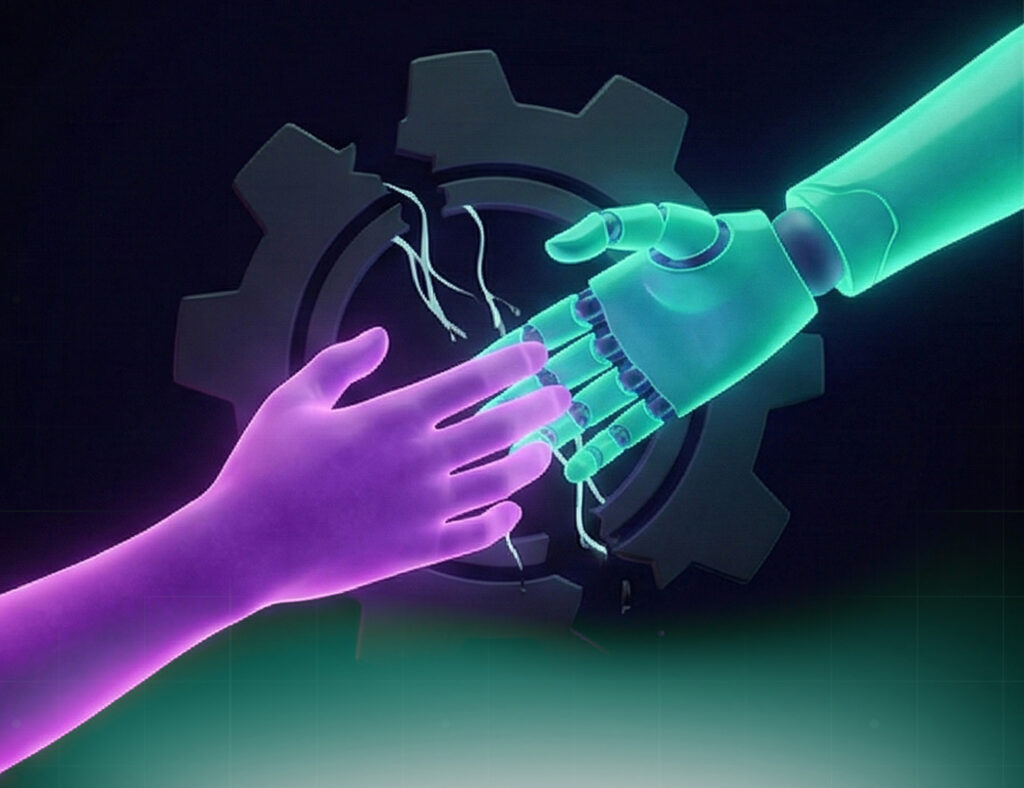Generative Pre-trained Transformers (GPTs) represent a significant advancement in the field of artificial intelligence, particularly in natural language processing (NLP). If you’re new to the world of GPTs, understanding their fundamentals and functionalities can be a valuable starting point. Let’s delve into the basics of GPTs.
What Are GPTs?
GPTs are a type of machine-learning model based on transformer architecture. They are designed for various language-based tasks, including text generation, translation, summarization, and more. Developed by OpenAI, these models are pre-trained on vast amounts of text data to understand and generate human-like language.
How Do GPTs Work?
At their core, GPTs employ a transformer architecture that utilizes self-attention mechanisms. This allows them to analyze and understand relationships between different words in a sentence. GPTs consist of multiple layers of transformers, each layer refining the understanding of the text.
Training and Pre-training
Before using GPTs for specific tasks, they undergo extensive pre-training on massive datasets from the internet. During pre-training, the model learns to predict the next word in a sequence based on the context of the previous words. This process enables GPTs to grasp the structure and nuances of human language.
Applications of GPTs
GPTs have a wide range of applications in various industries:
1. Natural Language Understanding (NLU)
GPTs can comprehend and interpret human language, enabling tasks such as sentiment analysis, language translation, and text summarization.
2. Content Generation
These models can generate human-like text, making them useful for content creation, including writing articles, stories, code, and more.
3. Conversational AI
GPTs power chatbots and virtual assistants, facilitating engaging and natural conversations with users.
4. Personalization and Recommendations
They analyze user behavior and preferences to provide personalized recommendations in various domains like e-commerce, entertainment, and more.
Limitations and Ethical Considerations
While GPTs offer remarkable capabilities, they are not without limitations. They can generate biased or inappropriate content based on the training data. Additionally, ethical concerns around misuse and potential misinformation generated by these models are important considerations.
Takeaways
Generative Pre-trained Transformers represent a significant leap in AI capabilities, particularly in language-related tasks. Understanding the basics of GPTs provides a foundation for exploring their applications and implications across various fields. As these models continue to evolve, ensuring their responsible and ethical use remains a critical consideration for the AI community and beyond.
Our team can help you leverage the power of GPTs. Contact us via sales@kenility.com and let’s make the magic happen, today.






